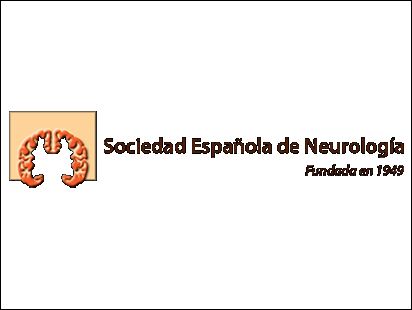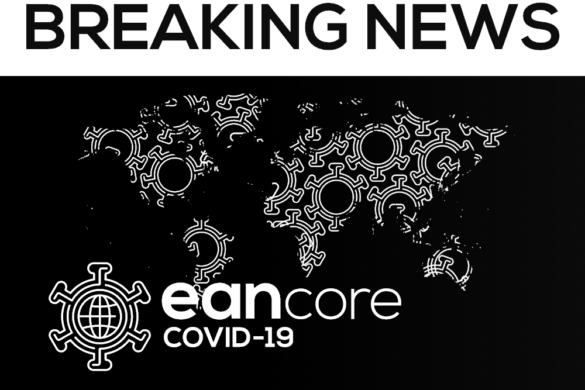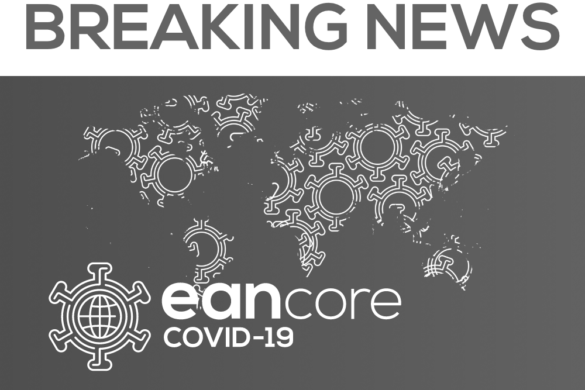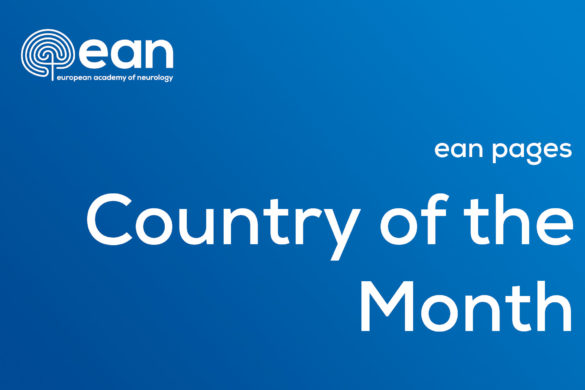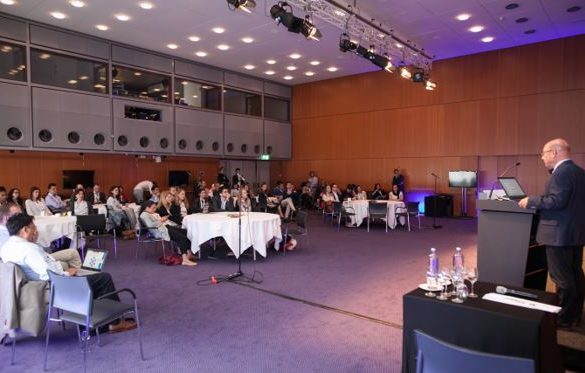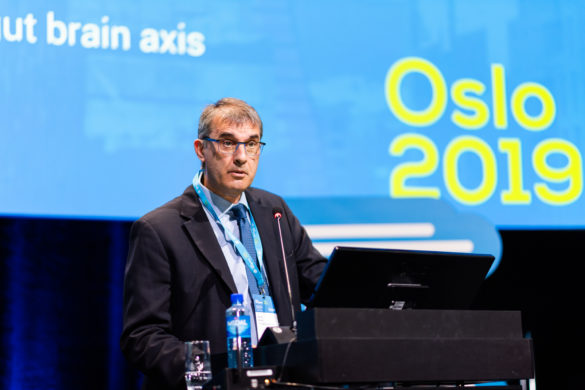Neuromuscular patients management in the COVID era
Neuromuscular diseases are a group of heterogenic rare conditions, that can be due to a genetic cause, inflammatory processes or dysimmune disorders. Pathogenic processes can affect motor neurons, peripheral nerves, neuromuscular junction, or skeletal muscle itself.
The current epidemic situation related to the COVID19 infection and its fearsome SARS-CoV-2 exposes this category of patients to a greater susceptibility to respiratory complications in case of contagion.
General recommendations for the prevention of COVID19 infection in everyday life contexts are considered:
- Social distancing of at least 2 meters.
- Frequent hand-washing with alcohol-based (60%) hand sanitizers or with soap and warm water for 20 seconds.
- Frequent surface dysinfection.
- Avoid unnecessary interpersonal contact and use of the mask in the presence of other people.
- Avoid crowded places (e.g. public transport).
- Home working when it is possible.
- Self-isolation for patients with fever, headache or airway symptoms (cough, cold, pharyngodynia, dyspnoea …).
The greater vulnerability of neuromuscular patients is due to:
- pulmonary or cardiological involvement as part of the underlying condition
- for patients with pathologies of dysimmune / inflammatory origin, to the use of concomitant therapies with immunomodulatory or immunosuppressive action
- comorbidities.
Among autoimmune/inflammatory neuromuscular pathologies, the most common are myasthenia gravis, polymyositis and dermatomyositis that manifest with a wide range of symptoms and with possible episodes of exacerbation. The main drugs used to control the diseases act with an immunosuppressive and immunomodulating mechanism, for example intravenous therapies such as steroids, intravenous immunoglobulin (IVIG), rituximab administered in the hospital.
In the last years, moreover, new therapies became available to treat genetic diseases, such as the e.v. enzymatic replacement therapy (ERT) for Pompe disease and intrathecal administration of nusinersen for spinal muscular atrophy that generally require hospitalization.
It becomes advisable to reduce patients access to the hospital as much as possible; for this reason healthcare is activating programs to encourage the spread of telemedicine, through phone calls, to ensure constant contact with the specialist and remote monitoring, with the activation of more interventional measures only in selected cases.
Moreover according to the directives and indications of the individual countries, it is good to ensure therapeutic continuity for these patients, planning where possible home administration with dedicated health services or through hospital programs with specific sites designed to minimize the risk of infection.
There is currently no evidence regarding the impact of currently recognized and used therapies in neuromuscular diseases on COVID19 infection, while still inconclusive data are available regarding direct involvement of the neuromuscular apparatus by the virus.
In addition to more general information and advice campaigns supported by any National Health System, useful specific information for patients with neuromuscular diseases can be obtained from different initiatives such as Institutional Bodies, Scientific Associations and Patient Organizations with their own medical reference boards. Finally, a considerable body of scientific work is building and will be refined over coming months, with themes emerging.
Recently practical instructions to follow for neuromuscular diseases, either for patients, carers, general neurologists and non-specialist medical providers, also endorsed by members of EAN have been provided by Word Muscle Society including frequently asked questions for basic service requirements and currently being translated in different languages.
Other useful advices at European level have been posted by the Rare Diseases European Reference Network (ERN) for Neuromuscular Diseases (ERN EURO-NMD march newsletter at ern-euro-nmd.eu › newsletter-signup) or by AFM-Telethon, as well as more some general but even useful informations can be found at European Medicines Agency.
In accordance with the specialist’s judgment, some patients are considered more vulnerable based on clinical presentation and concomitant therapies should be exempted from work activities that could expose them to greater risk of complications from Covid-19 infection.
Prof. Maria Molner
Prof. Gabriele Siciliano
co-Chairs of the EAN Scientific Panel Muscle and NMJ disorders




